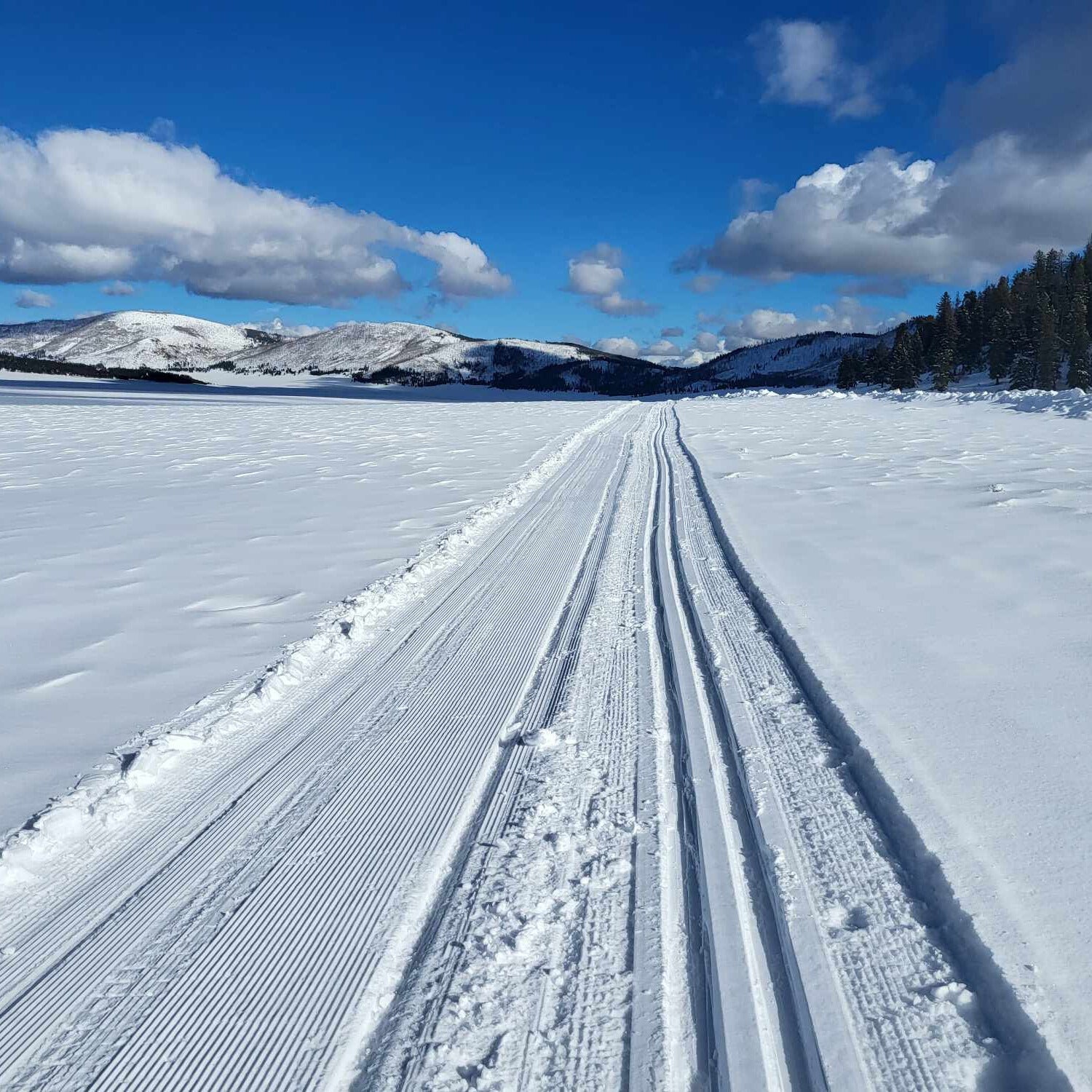Your Cart is Empty
accepting gear drop offs Mon-Sat 10am-5pm. No Consignment acceptance on Sundays.
accepting gear drop offs Mon-Sat 10am-5pm. No Consignment acceptance on Sundays.

If you do anyovernight backpacking, or even long distance hiking, there’s a good chance that at some point you may need to go Number Two.
Because of heavy land use and impacts to natural resources (not to mention water sources), this is not always as simple as doing your business and covering it with a rock or a handful of pine needles.
In fact, depending on where you go, you may be required to carry an approved pooping system even if you swear on your loaded lower intestine that you will hold it in no matter what.
Here’s a quick run down on backcountry toilet systems.
Regulations on where you can poop differ depending on what public lands you are on. In most cases, you may dig a cathole and poop in it. General rules for this are:
200 feet away from water, trails, and campsites, and much further from cultural sites
The hole should be 6-8 inches deep and 4-6 inches wide. Don’t use the same hole twice. Small trowels for exactly this purpose can be purchased for only a few bucks.
Cover the hole and disguise it, and always pack out your toilet paper (a little zipping baggie is perfect for this).
Some national parks, national monuments, and popular non-park lands require users to use a backcountry toilet system.
A backpacking toilet is a specific contraption that is approved for pooping in the backcountry. In some cases, not any contraption will do; some parks require use of specific pre-approved methods.
Different backpacking toilets include:
Sanitary portable toilets–basically, a special bag
Bucket toilets–mostly used by river runners, think of a bucket with a toilet seat glued to the top
Portable toilet seats–A folding toilet seat with cover that a sanitary bag fits into; again mostly used by river guides
Mostbackpackers will use a bag toilet, commonly known as a wag bag. These are plastic bags with an odor control powder inside. You usually also get a small amount of toilet paper and an alcohol wipe. Your poo goes in the bag, the bag gets sealed, and it all gets packed out and put in the first trash can you see on the way home.
Choose your spot–stay away from water, trails, camp spots, cultural sites, poison ivy, curious children, and ill-tempered wildlife.
Open the bag and inspect the components. Most are all the same.
Get the job done–Kneel, squat, lean against a rock, do whatever it takes to get the poo safely in the bag.
Close the bag, make sure it is sealed, don’t put it in your bear canister, and throw it away when you get to a real trash can.
Questions? Ready to buy? Stop byDurango Outdoor Exchange to pick up all your essential backpacking gear.

Work crews were busy over the off season making changes to ski areas across the region. While the hoped-for new lifts at Purgatory aren’t going to spin, there are plenty of reasons for you toget some wax (or new skis) from Durango Outdoor Exchange and hit the slopes this winter.

Thanksgiving is almost here–and skiing this early is always a gamble. Here are some non-skiing warm(er) weather destination ideas for the long break.

Just a couple hours from Durango, Valles Caldera is a great cross-country skiing destination, with surprisingly good snow and very few visitors.
Valles Caldera National Preserve is a popular hiking destination in the summer and a surprisingly great skiing destination in the winter.